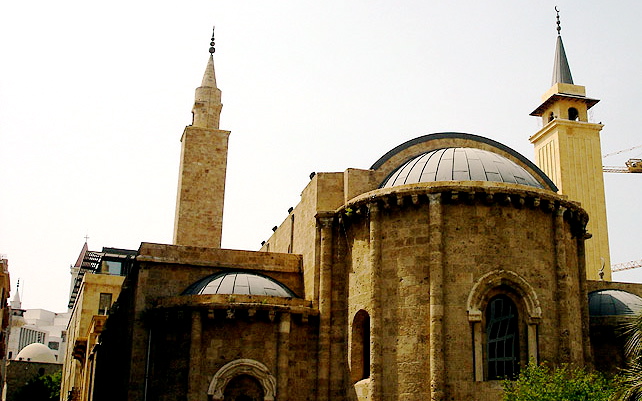
One of the biggest and oldest mosques in Lebanon, the Al-Omari Mosque in Beirut is a worthwhile tourist attraction, boasting an interesting history. Built in 1291, the Al-Omari mosque was one of the first buildings restored after the Lebanese Civil War.The Al-Omari Mosque started life as a Crusader church in the guise of the Cathedral of St John. But when the Mamluks took control of Beirut from the crusaders they immediately began converting the cathedral into the large, impressive mosque that we see today.Visitors to the Al-Omari Mosque should dress appropriately with no revealing clothing, and should request permission before entering. Note that the mosque is closed to visitors during prayer times and over the whole month of Ramadan.
Address : Corner of Rue Weygand and Rue Allenby
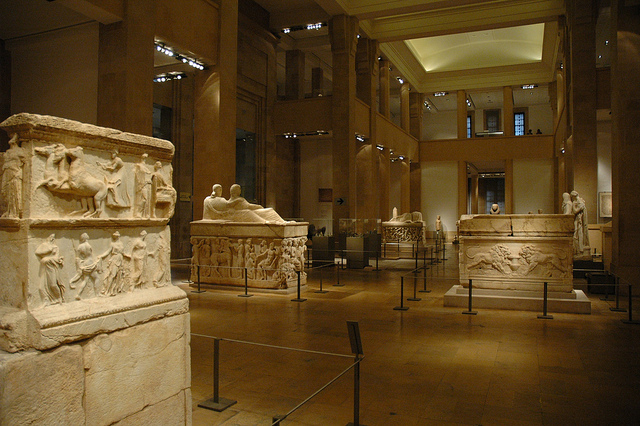
Officially the Hippodrome Du Parc De Beyrouth, the Beirut Hippodrome comes highly recommended by visitors to Lebanon's capital city. Every Sunday, Beirut's elite mingle as they gather for an afternoon at the horse races. During spring, the annual Garden Show attracts crowds in excess of 25,000.The pristine grounds of the Beirut Hippodrome remains the property of the city's municipality and are maintained by a non-profit organisation known as SPARCA, the Society for the Protection and Improvement of the Arabian Horse in Lebanon.Head to the Beirut Hippodrome for a late Mezze lunch, and revel in the sight of the beautiful Arabian horses pounding their way around the track. There are also betting offices aplenty at the Hippodrome, for those who fancy a flutter.
Address : Abdallah El Yafi Street, Mathaf
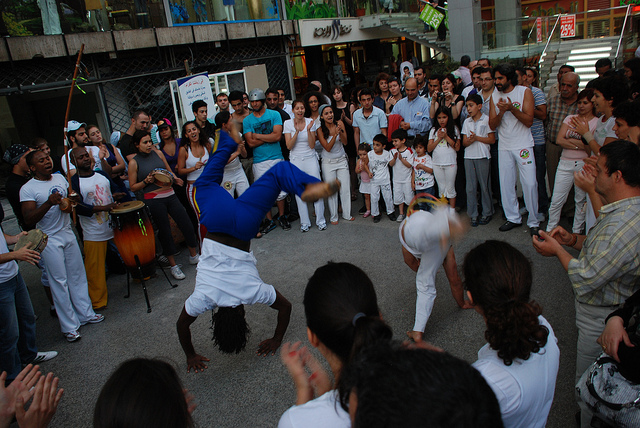
If Beirut is indeed the Paris of the East, then Hamra Street is the Champs Elysees. A centre of intellectual activity during the 1970s, Pulitzer Prize-winning journalist Borzou Dragahi described it as a "bastion of liberalism, embracing multiple religions and political views amid sectarian conflict."Hamra remains a wonderfully cosmopolitan, open-minded area, full of shops, pavement cafes, and trendy bars, thick with tourists and students from nearby universities. The street houses five-star establishments and budget backpackers alike.And so, visitors to Beirut who want to experience authentic Lebanon but who also don't want to miss out on the luxurious comforts that really make a holiday abroad, would do well to make Hamra Street their home base.Ultimately, Hamre Street is the perfect home base for those who want to experience authentic Lebanon but not sacrifice the luxurious comforts that really make a holiday abroad.

Undoubtedly Lebanon's premier sight, the Jeita Grotto is a must-see tourist attraction. Located just 14 miles (about 22km) from Beirut, the Jeita Grotto is an underground complex consisting of two separate, but connected, limestone caves, spanning an overall length of 5.6 miles (about 9km).Situated in the Nahr al-Kalb river valley, the caves are accessible by boat and house a series of limestone concretions shaped for millennia into unique formations, sizes, and colours. Known as 'Mother Nature's Masterpiece', the Jeita Grotto also features an incredible upper gallery.The upper gallery is accessible via walkways carved into the natural rock where travellers can observe the world's largest stalactite. A finalist in the New 7 Wonders of Nature competition, no holiday in Beirut would be complete without checking out these extraordinary caves.
Website : www.jeitagrotto.com

Located on Museum Street in the heart of the city, the National Museum Beirut has a history that rivals its artefacts. During the Lebanese Civil War, the museum stood on the demarcation line between warring factions and the Egyptian Revival-style building suffered extensive damage.Many of its treasures would have been destroyed had it not been for heroic pre-emptive measures undertaken by a committed group of individuals. These days, the museum is spread over three floors and renowned for its collection of ancient Phoenician antiquities.There are also beautifully-organised exhibitions which take the visitor on a journey spanning numerous eras, including prehistory, the Bronze and Iron Ages, and the Hellenistic, Roman, Byzantine, and medieval Malmuk periods.
Address : Damascus Boulevard, Beirut, 1100, Lebanon
Website : www.beirutnationalmuseum.com

Our Lady of Lebanon is a bronze statue of the Virgin Mary, painted white for added splendour. It dates back to the early 20th century, erected on a hill overlooking the beautiful Bay of Jounieh. A major Lebanese pilgrimage site, the statue is also a roundly-celebrated tourist attraction.Towering 2,130 feet (650m) above sea level, unforgettable views unfurl at sunset when the western sky darkens over the sea. An added benefit is the cable car system, offering thrilling and affordable rides up the pine-forested mountain towards the shrine.Those looking to make a day out of their trip to see Our Lady of Lebanon can also walk up the steep hillside, about 5.5 miles (9km) from the town of Jounieh to Harissa at the summit. Jounieh is located just 12.5 miles (about 20km) north of Beirut, considered an obligatory stop for holidaymakers in Lebanon.
Address : Harissa, Lebanon
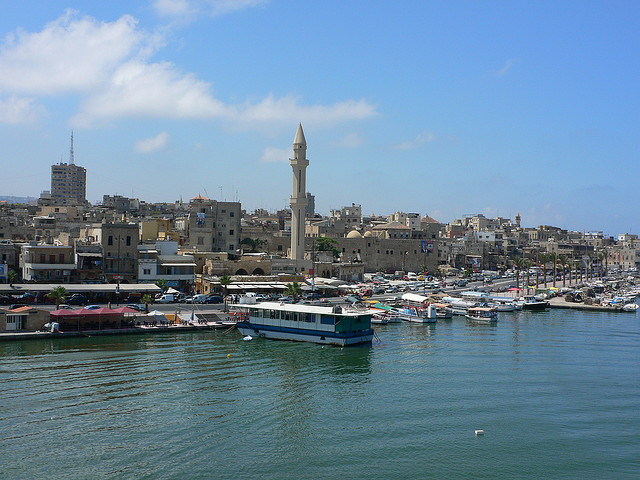
The third-largest city in Lebanon, Sidon is full of interesting cultural sites and shopping opportunities. A worthwhile excursion from Beirut, it's located just 27 miles (43km) south of the capital. Known as Saida in Arabic, it's primarily a destination for day-trippers from Beirut.By far the main attraction of the city is its legendary stretch of covered market-places (souqs), where tourists eager to find some Lebanese souvenirs can shop to their heart's content. A bustling, atmospheric place, shopping in Sidon's Old Souq makes for an enriching experience.Other notable sights in Sidon include the Sea Castle, which is a fortress built by the Crusaders in the 13th Century, the Sidon Soap Museum, and the Temple of Eshmun, a Phoenician structure erected in honour of the god of healing, dating back to the 7th century BC.

A UNESCO World Heritage Site, the temple complex found at Baalbek contains the world's best surviving example of imperial Roman architecture. The small town in Lebanon's Beqaa Valley is just 53 miles (86km) from Beirut.An ancient area rich in history, it was known as Heliopolis, meaning 'City of the Sun', during the Hellenistic Period. Today, the towering, intricately-carved monuments of Baalbek continue to amaze and delight visitors to the region.Even for non-history buffs, a visit to the acropolis at Baalbek is deeply fascinating. It represents a confluence of exquisitely-preserved Greco-Roman architecture built over the course of two centuries.Consisting of 24 monoliths, numerous religious structures, and the grand Temple of Jupiter, the temples of Baalbek are an essential inclusion in any Lebanese travel itinerary. Moreover, the town of Baalbek is a wonderful place to stop over and rest for a few days on your Middle Eastern adventure.
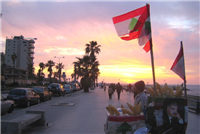
Encircling Beirut's promontory, the Corniche is a seaside promenade and pedestrian walkway that constantly bustles with daily life. Offering perfect views of the resplendent Mediterranean and towering Mount Lebanon to the east, the Corniche is extremely popular with walkers, joggers, and bikers.A wonderful place to hang out in the sun and socialise, with push-cart vendors peddling tasty snacks and drinks, the Corniche is to Beirut what the Malecon is to Havana. It also stands as testament to Lebanon's troubled past, with many of the palm trees lining the promenade still pock-marked with bullet-holes.

Travel Guide powered by Word Travels, copyright © 2023 Globe Media Ltd. By its very nature information in this travel guide is subject to change at short notice and travellers are urged to verify information on which they're relying with the relevant authorities. Neither Globe Media Ltd nor Travel Vogue can accept any responsibility for any loss or inconvenience to any person as a result of information contained above.